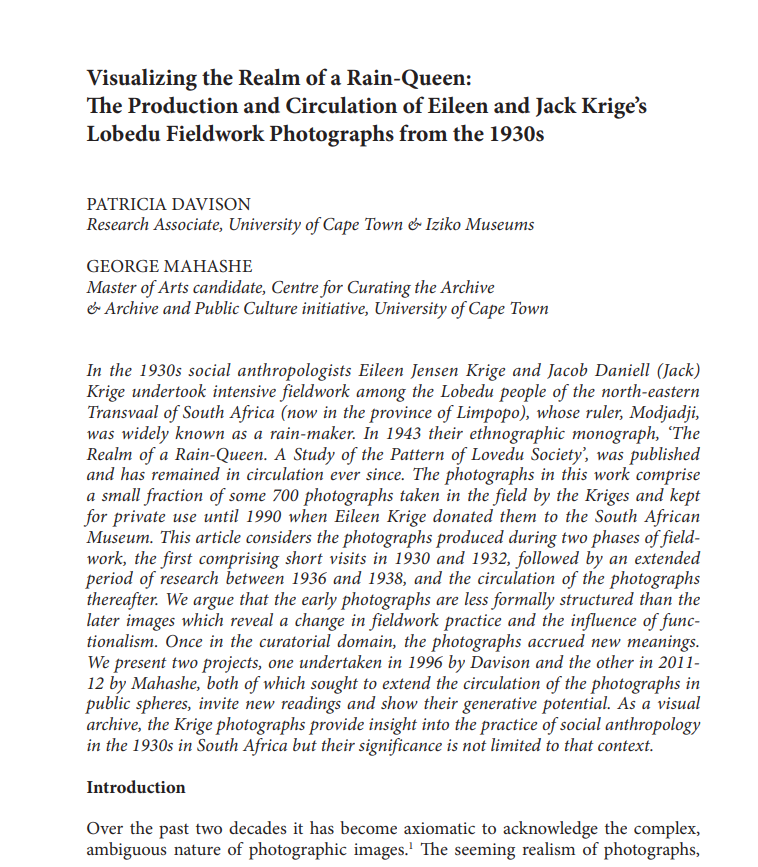Zithulele Hospital, Mqanduli
Hobeni
Hankey
Hankey is the oldest Town nestled at the confluence of the Klein and Gamtoos Rivers, is a treasure trove of History and natural wonders. Part of the Kouga Local Municipality in the Eastern Cape, it offers a glimpse into South Africa’s rich heritage and agritourism delights. and probably best known because of its claim to the largest sundial in Africa that stands 18 metres high and weighs in at a ton. Hankey’s other claim to fame is the burial place of Sarah Baartman - now an icon for human rights, her life story is one of abysmal treatment during which she was cajoled into leaving her place of birth to be exhibited as a ‘freak’ in the UK and Europe. Years of negotiation with the French government finally culminated in her remains being returned to a burial place just outside Hankey, her final resting place - something of a victory for humanity and a symbol of freedom.
Hankey is one of four Towns that make up the Gamtoos Valley – an exceptionally beautiful part of the World that stretches up to Komdomo at the start of the Baviaanskloof Wilderness, now a World Heritage Site. The Town of Hankey lies surrounded by beautiful Hills and fertile Farming land, on route from Port Elizabeth to the Baviaanskloof - a route that also winds through Humansdorp and Patensie. The Baviaanskloof is literally a Kloof along which a road crosses a series of at least 100 low water crossings through a 192 000 hectare conservation Area that is Home to an incredible diversity of habitats and species.
On August 9, 2002, Women’s Day, dignitaries from Government, leaders of the Khoi community and others, gathered at Vergaderingskop, a Hill overlooking Hankey, a small Town in the Eastern Cape. They were there for the interment of one of the daughters of the soil. It was a dignified event, like the funeral of a high-flying politician, buried at this beautiful spot overlooking the Town. But this was the final resting-place of Sarah Baartman, an ordinary Khoi woman, born along the Gamtoos River in Hankey.
Sarah Baartman, experienced human trafficking, public display, ridicule, shame, mockery and dehumanisation. She was on demeaning public display from 1810 in London until her death in Paris on December 29,1815. Her dignified burial many years later in Hankey restored, after more than two hundred years, her individuality and her dignity and was a rebuke of the system that had turned her into an exhibit. Her burial was a victory of humanity over a deep Historical injustice!
A VISITORS REVIEW: "We stopped at Hankey for a family picnic, so we didn't stay longer than an afternoon, but it was pretty and had a charm about it!"
Kroonstad
Matroosfontein
Bonteheuwel
Princess Vlei Conservation Area
Before the arrival of European Settlers, it was a watering ground for early Khoi Herders. The first encounter between these herders and Europeans was with the battle against Fransisco d’Almeida, which has been linked to the legend of a Princess. The legend goes; that this Khoisan Princess was abducted by Portuguese Sailors while bathing in its waters.
During the years of Apartheid, it became one of the few Natural Areas that people of colour could visit, after they were forcibly removed by the Government to Housing Estates on the Cape Flats. This Vlei was severely neglected by the authorities, and became further degraded when a road was built through it, with little regard for Conserving its Ecology! The Khoi and the San were Cape Town’s earliest inhabitants, forcibly enslaved or driven out by those who came later.
The Vlei remains an important site for celebrating and memorialising this Heritage by many Khoi cultural revivalist groups. When these people were classified as either coloured and black were forcibly removed to the Cape Flats by Group Areas Act, this was the one of the few natural places they could come to relax and enjoy picnics with their families. Since people were denied access to the beaches, Princess Vlei become known as: 'Claremont Beach' or 'Gala Land'- This is when a special event, usually hosted by a business, nonprofit organization, or charity to highlight a specific achievement.. It has long been used as a place for water immersion Baptism. Church groups come every Sunday from Nyanga, Gugulethu, Philippi. At Easter, they come from as far afield as Gauteng, baptising hundreds in just a morning. 'Many others come to the Vlei to be close to God and nature!' The Vlei offers a venue where Local Capetonians from all walks of life can enjoy nature together.
'Located between formerly Coloured and White Areas, it is perfectly situated to build community, overcome Historical divisions and bring people together!'
The Vlei provides a valuable Public Space to communities facing socio-economic challenges in highly urbanised environments. This space reconnects urbanised communities with nature, and an outdoor classroom where youngsters can experience and develop an appreciation of and love for nature. The Princess Vlei provides a Habitat for many plants and animal species and nurtures Biodiversity. As human pressure on natural resources increases, our continued existence is under threat if we do not find a way to live more sustainably. The sustainable City of Cape Town, works closely with nature, nurturing biodiversity and allowing natural systems such as wetlands to exist!
After 12 years of being in the the placement of an official Heritage Site; a plaque has been laid at the Princess Vlei. This declares that Princess Vlei is a Provincial Heritage Site. This occurred on Tuesday 12 October.

